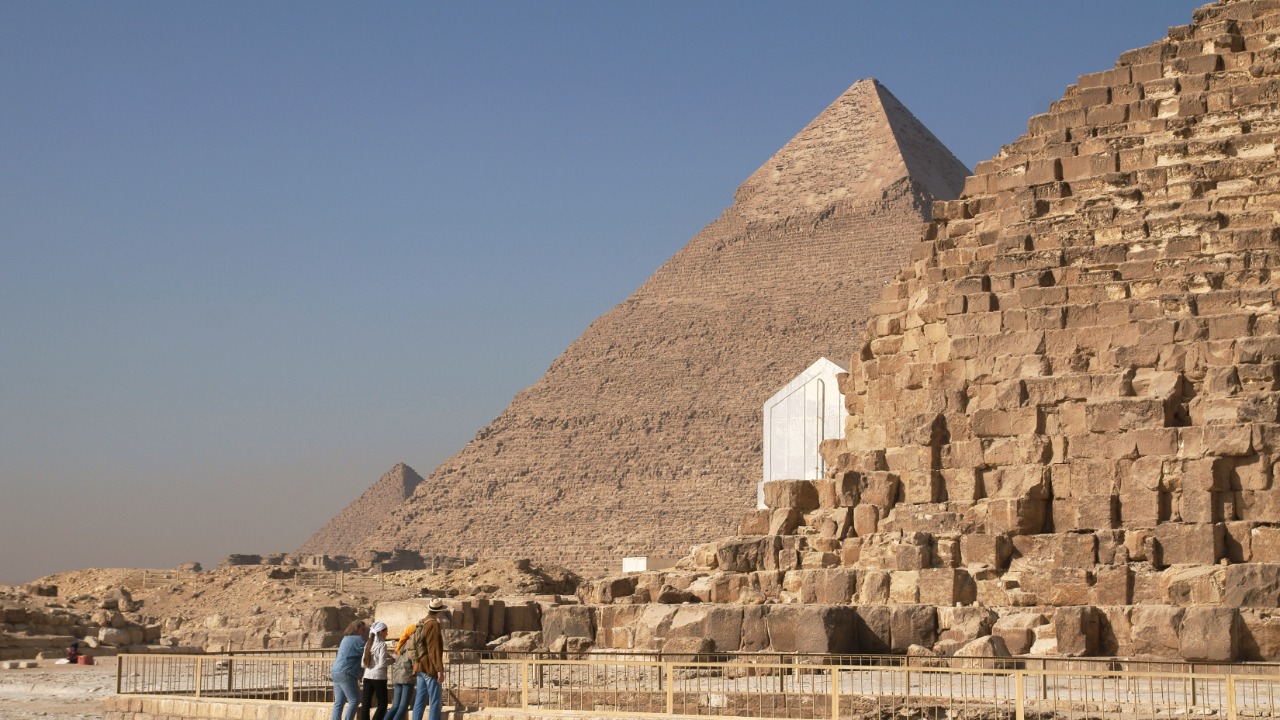
Recent scans of the Giza pyramid complex have revealed intriguing anomalies that could potentially indicate previously unknown entrances. These findings, which extend to both the Great Pyramid of Giza and the Menkaure Pyramid, could significantly alter our understanding of these ancient structures and open up new avenues for archaeological exploration.
Background on Giza Pyramid Complex
The Giza pyramid complex, located on the outskirts of Cairo, Egypt, is one of the most iconic archaeological sites in the world. The complex includes the Great Pyramid of Giza, built for the Pharaoh Khufu, and the Menkaure Pyramid, built for the Pharaoh Menkaure. While these structures have been extensively explored over the centuries, the possibility of undiscovered features continues to captivate archaeologists and historians alike.
Initial Detection of Anomalies
On November 10, 2025, reports emerged of anomalies detected in the Giza pyramid that could potentially indicate an unknown entrance. These findings were first highlighted in a report titled “Anomalies in Giza pyramid may indicate an unknown entrance”. Similar anomalies were also reported in the Great Pyramid of Giza, suggesting the possibility of a hidden, never-before-explored entrance, as detailed in a separate report.
Focus on Menkaure Pyramid Voids
Further attention has been drawn to the Menkaure Pyramid, where air-filled anomalies were detected on November 7, 2025. These anomalies, which were reported in an article titled “Air-filled anomalies in Menkaure Pyramid could indicate a new entrance”, could potentially point to a second entrance. Further analysis of these voids was covered in a Newsweek report, which detailed the use of scanning technologies to reveal these unknown ‘voids’.
Techniques Used in Scanning
The detection of these anomalies was made possible through the use of non-invasive scanning technologies. These methods allow for the detection of internal structures within the pyramids without the need for physical excavation. By identifying air-filled spaces and variations in density, these technologies can suggest the presence of hidden chambers or passages within the pyramids.
Implications for Undiscovered Entrances
The detection of these anomalies could have significant implications for our understanding of the Giza pyramid complex. If these anomalies do indeed indicate unknown entrances, this could potentially alter our understanding of how these pyramids were accessed. In the case of the Great Pyramid of Giza, these anomalies could reveal a hidden, never-before-explored entrance, expanding our knowledge of the pyramid’s architectural layout. Similarly, the detection of air-filled anomalies in the Menkaure Pyramid could indicate a new or second entrance, prompting a reevaluation of its construction.
Expert Analysis and Interpretations
Archaeologists have offered various interpretations of these findings. Some suggest that the voids could be structural elements of the pyramids, while others believe they could be intentional spaces linked to the design of the pyramids. However, experts have also cautioned against overhyping these preliminary findings, emphasizing the need for further analysis and exploration.
Future Research Directions
Plans are currently underway for follow-up scans to map the exact dimensions and locations of the detected anomalies. These efforts will involve collaboration among international teams of archaeologists and researchers. The ultimate goal is to determine whether physical exploration of these potential entrances is feasible, opening up new possibilities for understanding these ancient structures.
More from MorningOverview